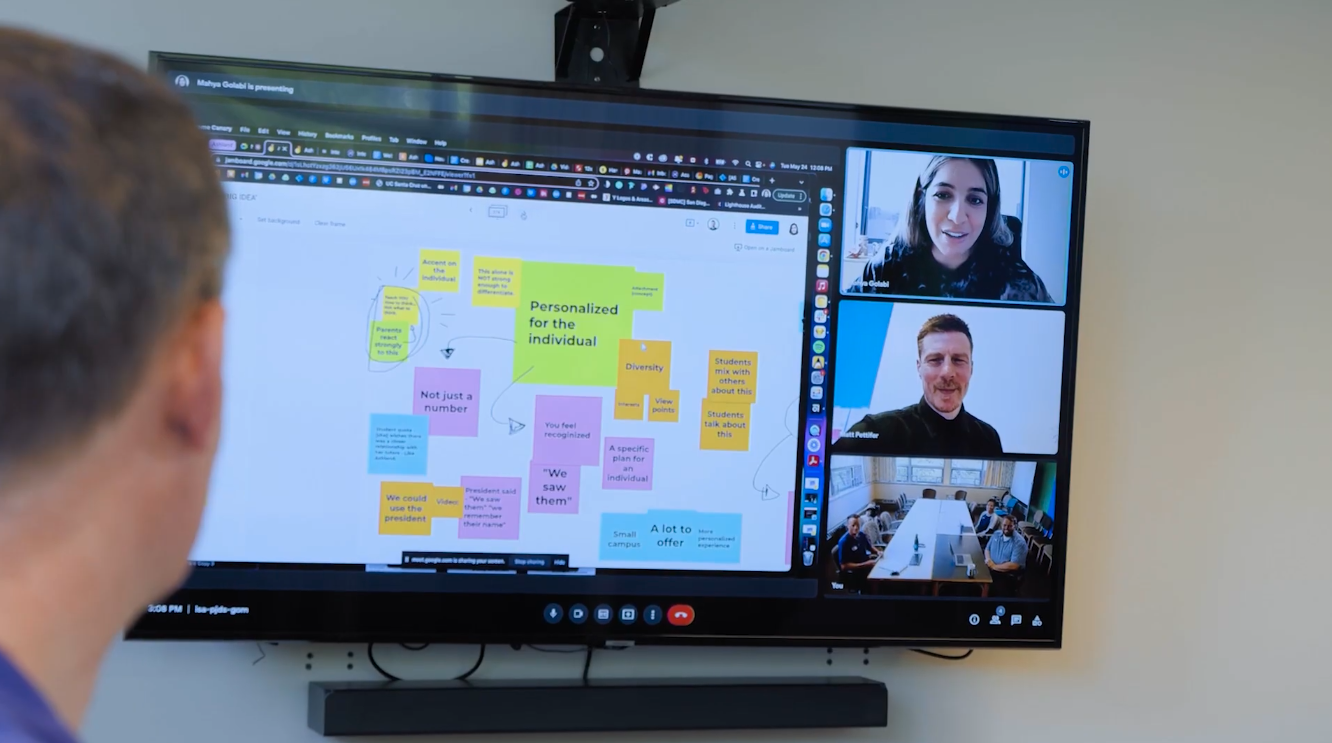Higher Ed Marketers: 3 Tips to Get Buy-In and Support For Your Web Development Project
Launching a web development project isn’t something higher ed marketers do every day. So if you’re seeing signs that it’s time for your organization to invest in a new digital solution, you’ve probably got more questions than answers about how to proceed.
As eager as you may be to start researching web development partners and imagining how your new website should look, it’s important to be realistic about what it will take to get this project off the ground.
It’s not just the development and design process itself that’s time-intensive and demanding. Educational communities tend to make decisions in a highly collaborative and input-driven way. That means the process to gain buy-in from internal stakeholders and win budgetary approval typically takes many months to a year — or more.
Here are 3 tips to help you get off on the right foot.
1. Research Your Organization’s Budget and Procurement Process
Investing in a new website and CMS is typically one of the largest capital expenditures a marketing department is responsible for making. Depending on the scope of your project, you’re probably looking at a $150,000 to $400,000 price tag to get it off the ground.
That’s why it’s important to understand exactly how the budgeting and procurement process works at your organization. Start by finding answers to the following questions:
- Will a website project qualify as a capital expense? An operational expense? A mixture of both?
- How far in advance must budgetary requests be made? When are budget requests due? Who should be involved in developing, submitting, and reviewing the request?
- Is it possible to spread the cost of a new website over several fiscal years?
- Whose budget will the project come out of it? Is it solely a marketing expense? Or would the cost come out of multiple business units and/or academic areas?
- Is there any potential to request donor or grant funding to pay for all or part of the project?
- What is the procurement process for engaging an agency partner? Is there a minimum number of RFPs/RFIs you’re required to submit?
As part of this process, it’s also a good idea to survey the marketplace to get a general idea of how much your project will cost and how long it will take to roll out.
Consider reaching out to peer institutions that have recently launched new websites to ask about their experiences. And don’t be shy about contacting agencies like ImageX. Most companies are happy to have a preliminary conversation about your needs or respond to a more formal RFI.
2. Identify Pain Points and Opportunities to Build Your Business Case
If you’re convinced your institution needs a new website, it’s likely because it’s no longer meeting your organization’s needs or helping you achieve your business objectives. To help influential stakeholders come to the same conclusion, build a business case that outlines the current website’s limitations and paints a picture of where a new solution can take you.
A strong business case will clearly answer three primary questions:
- Why is this project necessary?
- What problems will it solve?
- What impact will it make?
To answer these questions, it’s vital to understand and elevate the pain points and frustrations of everyone who relies on your website. You’ll need to know exactly what the issues are not only within marketing’s purview, but across campus and beyond.
You can gather data and anecdotes about your organization’s needs in a variety of ways, including:
- Surveys
- One-on-one interviews
- Focus groups
- User testing workshops
- On-site tools that track user behavior (e.g. Hotjar heatmaps, Google Analytics)
Once you understand the problems, demonstrate how a new solution will fix them — and the ultimate impact it will have. Will a new website be able to:
- Save significant amounts of employee time and effort?
- More effectively lead students through the decision funnel and increase applications?
- Boost alumni engagement and attendance at events?
- Support key initiatives within your strategic plan?
- Reach donors with compelling stories that inspire them to increase their support?
Look for quantifiable measures of success that prove the value of your project.
And remember: Justifying the expense of a new website isn’t easy — and you’ll likely be up against other budget requests that are also important. The more you can demonstrate widespread positive impact, the better.

3. Invite Influential Stakeholders Into the Process
Change is hard — and many people naturally resist it. That’s especially true if they don’t understand the reasons for the change or believe it’s necessary.
So don’t take the actions outlined in section two alone. Executive sponsorship is often key to gaining community-wide support for a higher ed website project.
An executive champion — like the VP for Enrollment Management or the Provost — can help stakeholders across the organization understand the why beyond your digital transformation. But don’t forget about other influential stakeholders.
This could include anyone from respected deans and professors to administrative assistants who know everyone and have a reputation for getting things done. Invite these people into the process as steering committee members and/or project ambassadors and ask them to:
- Help you identify the broad use cases and needs your website will support
- Socialize the idea within the institution (i.e., cascade messaging to their particular areas; answer questions about the project)
- Help research, evaluate, and vet potential agency partners
- Participate in presentations, town halls, focus groups, and other gatherings to educate the campus community about the project’s goals
Once your project kicks off, these stakeholders will be well-positioned to contribute to the discovery process and offer feedback on everything from information architecture to wireframes to design concepts.
Gaining Approval for a Website Project Requires Patience, Persistence, and Planning
Winning support for your higher ed web design project isn’t a quick, linear process. At times, you may feel like you’re walking in circles and having the same conversations time and again. You’ll need persistence, patience, and dogged determination to get the “yes” you’re after.
But take heart. All the hard work is well worth the effort. A user-focused website — built on a flexible, scalable CMS that can evolve and grow with your needs — is foundational to your long-term success. With a good plan in place and the right allies at your side, you can do this. Let us know if we can help.
Contributors










